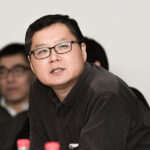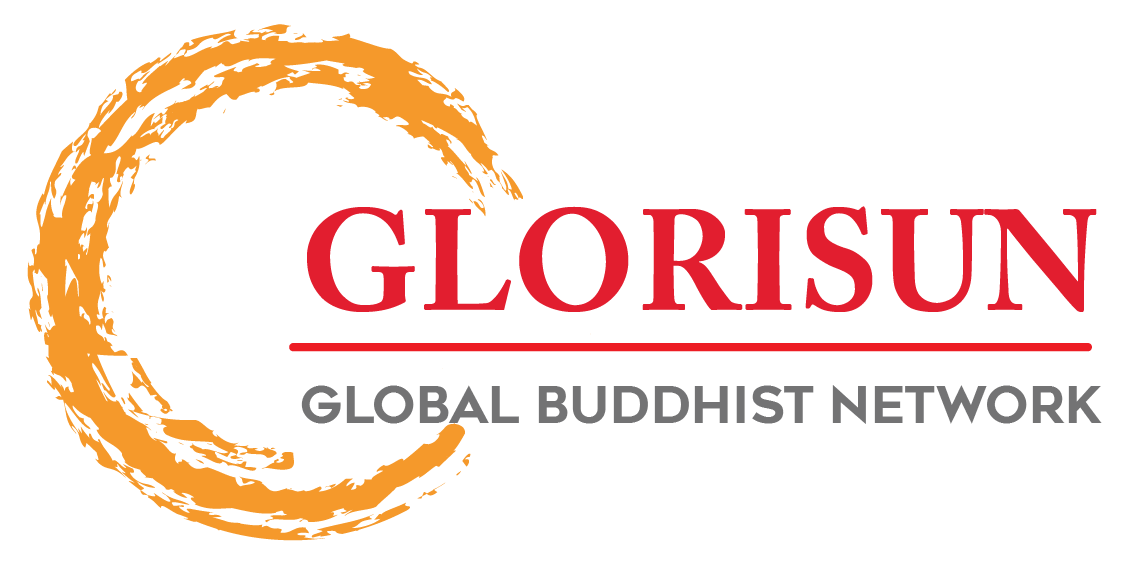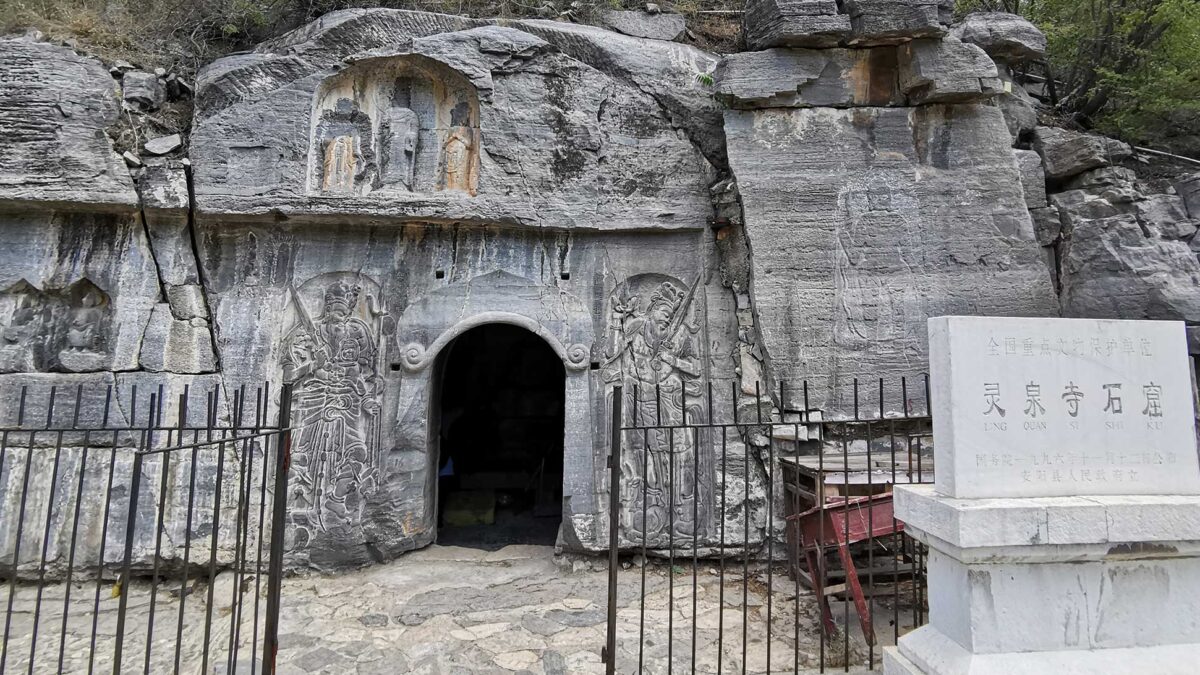The Glorisun Global Network for Buddhist Studies, with administrative support from FROGBEAR, proudly presents a lecture by Professor Liu Yi 劉屹 (Capital Normal University)
When: 2:30 pm–4 pm, Thursday September 19, 2019
Venue: UBC Asian Centre, Room 604
Abstract:
The Dazhushengku 大住聖窟 (Great Abiding Holy Ones Cave) of Lingquan-si 靈泉寺 at Baoshan 寶山, constructed under the supervision of the eminent monk Lingyu 靈裕 (518-605) of the Northern Qi, has been gradually gaining attention by academia since Tokiwa Daijō’s 常盤大定 (1870-1945) investigation in the 1920s. During the last hundred years, this scholarship mainly unfolded around the extant caves, architecture, and stone-carved scriptures at Lingquan-si. There has especially been much discussion surrounding the relationship between the Sanjiejiao 三階教 (the Three Levels Movement) and the stone-carved scriptures and stupa inscriptions inside and outside of the Dazhushengku. It is recorded in the biography of Lingyu, in the Xu Gaoseng zhuan 續高僧傳 (The Extended Biographies of Eminent Monks), that Lingyu “had specially engraved the image of the extinction of the Dharma at front of the cave” when he founded the Dazhushengku. The previous understanding of this record was that Lingyu carved the scriptures containing the content of Dharma extinction, such as the Daji jing 大集經 (Great Collection Sutra) and Mohemoye jing 摩訶摩耶經 (Mahāmāyā-sūtra), inside and outside of the cave, which, together with the two statues of the dharma-protecting deity at the entrance of the cave, constitutes the so-called “image of the extinction of the Dharma (famiezhixiang 法滅之相)”. Based on my fieldwork, however, I believe that the so-called “image of the extinction of the Dharma” refers to the two deity statues and the set of statues of one Buddha and two bodhisattvas on the cliff at the eastern side of the cave entrance. The carved texts relevant to the Sanjiejiao, such as the Foming jing 佛名經 (Sutra on the Names of the Buddhas) and Lichen wen 禮懺文 (Text of Repentance Rite), at the western side of the cave entrance, which are largely discussed by scholars, might have been engraved after Lingyu’s period. If the “image of the extinction of the Dharma” at the Dazhushengku can be verified, it would be the first Buddhist work of art taking “the extinction of the Dharma” as the theme discovered in the art history.
About the Speaker:

LIU Yi is professor and Dean of School of History at Capital Normal University and also the secretary of the Association of the Dunhuang and Turpan studies in China. His research interests include the Dunhuang studies and the medieval history of religion. For the past 20 years, he has been working on the history of Daoism and the Daoist scriptures. In terms of the former, he challenges the historical paradigm in which the sect of the Celestial Masters came directly down from the sect of the Five Pecks of Rice in the early Daoist history. In terms of the latter, he has specialized in the studies of such Daoist texts as Scripture on Great Peace, Xiang’er’s Commentary on Laozi, and Classic on Laozi’s Conversion of the Barbarians, and the Lingbao Scriptures of the Six Dynasties. He has recently shifted his research to the medieval Buddhist studies and is especially interested in the issue of the “Age of Dharma Decline.” He has published about 110 research articles, book reviews, and translated articles and 6 books and collected volumes. The latest books include Historical Research on the Daoist Guling Baojing in the Six Dynasties (2018) and Research on the History and Scriptures of the Daoism in the Han and Tang Dynasties: Selected Works of Liu Yi (2015) .
This event is free and open to the public, but pre-registration is preferred.

